Grow the Love: 32% Increase in Demand in 2014
While many in our region now enjoy the fruits of economic recovery, there remain many thousands for whom things have only changed for the worse. In fact, area food banks are serving more people now than they did at the peak of the recession. Rainier Valley Food Bank (RVFB) now serves more than twice the number of families they fed in 2009, and saw a staggering 32% increase in demand in 2014 alone.
“This past year shattered all service records at our food bank, and so far this year is showing no signs of stopping. Unfortunately, financial and food donations have not kept pace with the degree of need,” said Sam Osborne, the food bank’s Executive Director.
While we may be paying less at the gas pump, rising food costs, skyrocketing rent and stagnant wages have left lower-middle class and low-income families out in the cold, struggling more than ever. The Pew Research Center reported in December that the wealth gap in the U.S. is higher than it has been in decades. Cuts to basic food assistance and long-term unemployment benefits only add insult to injury, further deepening the need for food bank assistance among thousands of our City’s most vulnerable residents.
Over 49,300 times last year, people went through the line at RVFB to take food home to their families –over 10,000 more actual visits than the previous year. Taking family size into account and including repeat visitors, RVFB fed 50,000 more people in 2014 than in 2013 for a total of almost 196,000 people.
Rainier Valley Food Bank is launching its “Food Is Love” campaign to raise $14,000 between February 9 and February 20. Funds raised will go directly toward purchasing nutritious, culturally-appropriate foods including fresh produce and high quality proteins to supplement donated food, which is often sorely lacking in quality.
Osborne says, “This Valentine’s holiday I encourage you to share the love with your hungry neighbors through a contribution to RVFB in honor of your loved ones. A sustained donation of even just $10 a month can go a long way toward helping us meet the unprecedented need in our community.”


